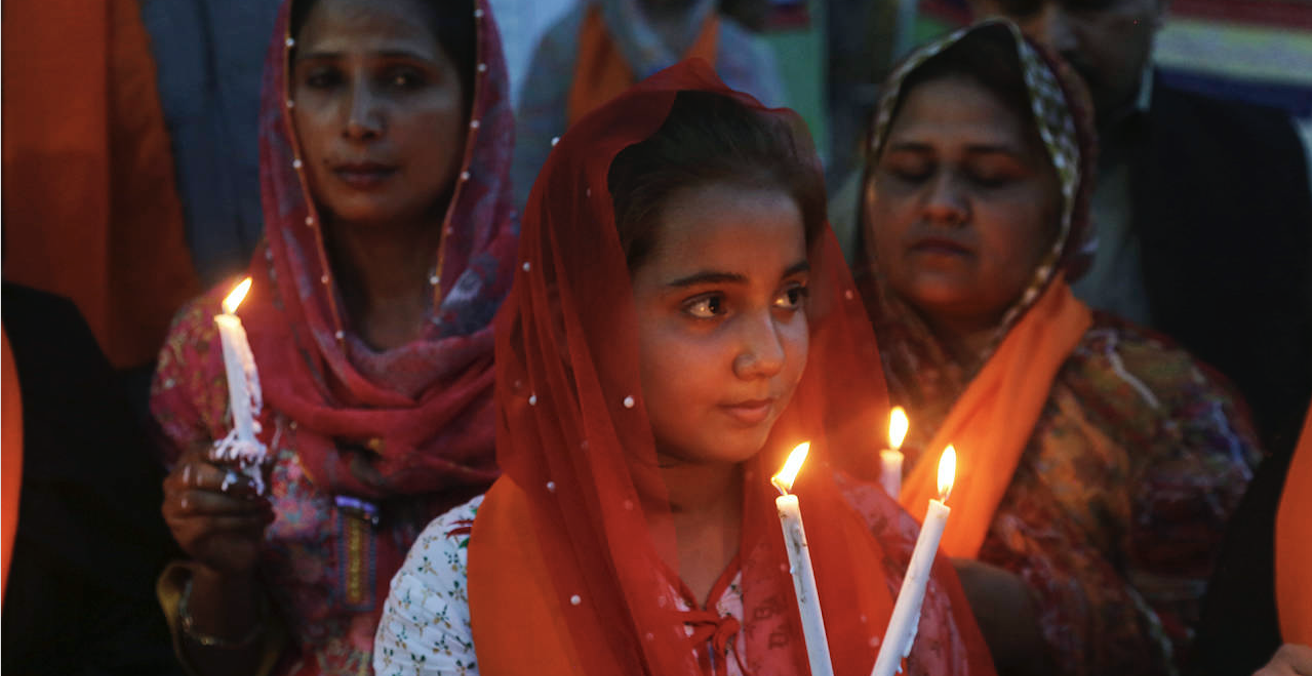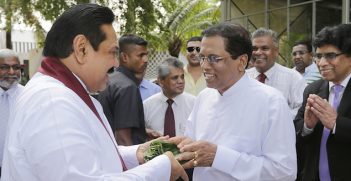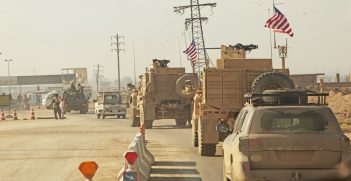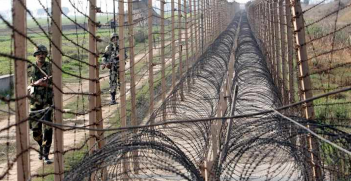After the Easter Bombings, Sri Lanka Needs Effective Initiatives for Countering Violent Extremism

In the aftermath of the Easter bombings, Sri Lanka will require effective initiatives for countering violent extremism. However, they will not work without adopting a soft approach aimed at improving the socio-economic conditions of the majority of its Muslim population, reforming the customary personal law of Muslims and promoting moderate forms of Islam which have long been marginalised.
Sri Lanka is once again in crisis. The Easter Sunday bombings, suspected to have been carried out by a radical Islamic group named National Thowheeth Jama’ath (NTJ) with support from Islamic State, have killed more than 253 people. The crisis and subsequent revelations of plans for future attacks clearly point to the need for effective countering violent extremism (CVE) initiatives to deal with extremist elements in the country. Although the immediate public response advocates a “call to arms,” relying on the use of force by taking a hard security approach will not solve the problem. Ultimately, CVE will require a “soft approach” that engages Muslims as well as people across ethnic and religious divides in order to address the root causes of violent extremism.
Muslims in Sri Lanka’s ethnic mosaic
Historically, religious and ethnic diversity has formed the social foundation of Sri Lanka. Amongst the country’s 21.5 million people, there are four main ethnic groups, which in most cases divide further into different religious groupings. Sri Lanka’s Muslim population is predominantly comprised of the Sri Lankan Moors, who account for approximately 9 percent of the country’s total population. The Sinhalese make up approximately 75 percent of the country’s population (split approximately 70 percent Buddhist and 5 percent Christian). The Tamils in the north and east of Sri Lanka account for more than 11 percent of the country’s population (split approximately 9 percent Hindu and 2 percent Christian) and the hill country Tamils account for approximately 4 percent of the country’s total population (split approximately 3 percent Hindu and 1 percent Christian).
Most Sri Lankan Muslims speak the Tamil language with some Arabic influence. During the civil war (1983-2009), Sri Lankan Muslims, a minority within a minority, were routinely ethnically cleansed and killed in mosques by the Liberation Tigers of Tamil Elem (LTTE). For decades, Sri Lanka’s Muslims eagerly tried to prove themselves above suspicion. They chose to side with the government and fight against separatist movements. But after the Easter bombings, the Muslim community now finds itself under the microscope.
Sri Lanka’s Muslims are overwhelmingly Sunni. The ultra-orthodox Salafist and Wahhabist forms of Sunni Islam have spread throughout the country since the 1980s, especially in the Eastern Province. Consequently, a number of Muslim youths are believed to have been gradually radicalised by its influence. While the rise of radical groups such as NTJ was in no way secret, their radical ideologies are strongly rejected by the majority of Sri Lanka’s moderate Muslim population. This rejection of the radical forms of Islam works as a major social resource for fighting against Islamic extremism in Sri Lanka. But nevertheless, a CVE program which takes socio-economic, security and cultural-legal issues into consideration will be of huge benefit to Sri Lanka.
De-securitise the identity of Muslims
As the shock of the Easter Sunday attacks wears off, the Muslim community will find the trust they had built amongst their fellow citizens, especially the majority Sinhalese community, has deteriorated. Despite assurances from all quarters that it is not appropriate to treat all “Muslims as terrorists,” many might do just that in their post-4/21 paranoia. But despite this, the Muslim community must practice restraint and patience.
As the Muslim community comes under the spotlight, their faith and religious practice may well be called into question and they may be called upon to ask themselves some hard questions. For instance, they will need to consider how such violent extremism was allowed to grow within their community? To what extent the Muslim community has insulated itself from the larger community? Whether the Muslim community has allowed extremist ideologies to creep into their faith and tolerated their growth? And how can the community now start setting things right in ways that prevent radicalisation and violent extremism? Finding answers to these questions will be a good start to countering violent extremism in Sri Lanka.
For their part, the government should avoid adopting a hasty and short-sighted strategy of countering terrorist violence through the use of excessive force. Importantly, not all Muslims in Sri Lanka are adherents to radical Islam. The securitisation of the Muslim community in the name of fighting terrorism must be avoided. Distinguishing between Muslims and the tiny proportion of extremist elements within the community will increase community ownership of any CVE initiative.
Reject the call to “return to arms”
Some may try to justify a “call to arms” to deter imminent threats from terrorism. But such reasoning will only push the country back to the darkest times of its civil war. During its later stages between January 2006 and May 2009 – and also during the aftermath up until the end of 2014 – trampling on freedom, human rights, dignity and democracy were the norm. The emerging calls for a return to authoritarianism, the banning of certain organisations and the wearing of the burqa or niqab, and sermons of parochialism and populism must be countered with evidence and prudence. A “return to arms” may serve narrow political opportunism in the short term, but it comes at the cost of deeper polarisation of the Sri Lankan society in the long term.
Promote socio-economic development and cultural interactions
Religious creed, misinterpretation of religious texts and adherence to false ideologies combine to form just one aspect of extremism. Often, radicalisation and violent extremism are also driven by underlying socio-economic and cultural factors. Despite the impressive human development indicators of Sri Lanka as a whole, two of its minority ethnic groups – namely Muslims and the hill-country Tamils – are lagging behind the majority Sinhalese community and the Tamils of north and east Sri Lanka. They are behind in almost all of the United Nations’ human development indicators, including life expectancy, literacy and educational attainment.
An affirmative action plan aimed at improving the literacy rates and educational levels, inter alia, of the Muslim and hill-country Tamil communities, especially amongst women, is essential. Increasing the level of education amongst the Muslim population would go a long way towards luring Muslim youth away from violent extremism. Despite the suspected masterminds of the Easter Sunday massacre appearing to be well-educated and from reasonably affluent families, evidence suggests that, in general, providing better educational opportunities to Muslim communities can promote inter-cultural interactions and reduce the propensity for religious radicalisation.
Reform the customary personal laws
Another critical policy measure that requires the urgent attention of the government is to reform the customary personal laws of all ethnic groups. In particular, the Muslim Marriage and Divorce Act (MMDA) and the Muslim Law of Inheritance are profoundly discriminatory towards women in the Muslim community. While much the same can be said for the Thesawalamai Law of the Tamils in the north and east of the country and the Kandyan Customary Law of the Sinhalese, reform should begin with Muslim personal law.
The MMDA legitimises child marriage among the Muslim community, which in turn results in underage marriages, higher birth rates and the consequent impoverishment of the majority of its population. Such impoverishment is a breeding ground for violent extremist ideologies.
Muslim politicians, who are almost entirely male, should proactively propose to the Sri Lankan government that the MMDA and other discriminatory customary laws are reformed. The rights of all human beings are universal and there cannot be any exemptions in terms of religion, ethnicity, gender or any other division of humanity.
Engage moderate Islamic leaders in CVE
Salafist and Wahhabist ideologies run counter to the faith and belief systems of the majority of Muslims. These fringe versions of ultra-orthodox Islamic ideology can be effectively driven out by mobilising counter-narratives within the Muslim community. Helping to promote moderate forms of Islam can help counter the preaching of more radical interpretations. One method might be encouraging Muslim women to both teach and preach Islam, as happens in Morocco. This will help to empower Muslim women in religious, cultural and social realms. The Muslim religious bodies (such as All Ceylon Jamiyyathul Ulama) should consider undertaking such reforms.
Finally, in the absence of substantive post-war reconciliation, the social fabric of Sri Lanka remains fragile. If the current crisis is left to with parochialism, it will not only escalate a new ethnic and religious conflict, it will also make preventing and countering violent extremism a difficult task.
Zahrah Imtiaz is a journalist by profession and a research associate at the Point Pedro Institute of Development in Sri Lanka. She has a Master of Sustainability and a Bachelor of Science from the University of Sydney.
Dr DB Subedi is a postdoctoral research fellow in the School of Humanities, Arts, and Social Sciences at the University of New England in New South Wales, Australia. His current research project studies the simultaneous rise of nationalism, populism and religious extremism in South Asia.
Dr Muttukrishna Sarvananthan is a development economist by profession. He is the founder and principal researcher of the Point Pedro Institute of Development in Sri Lanka, which was established in 2004. He completed his doctorate at the University of Wales.
This article is published under a Creative Commons License and may be republished with attribution.





